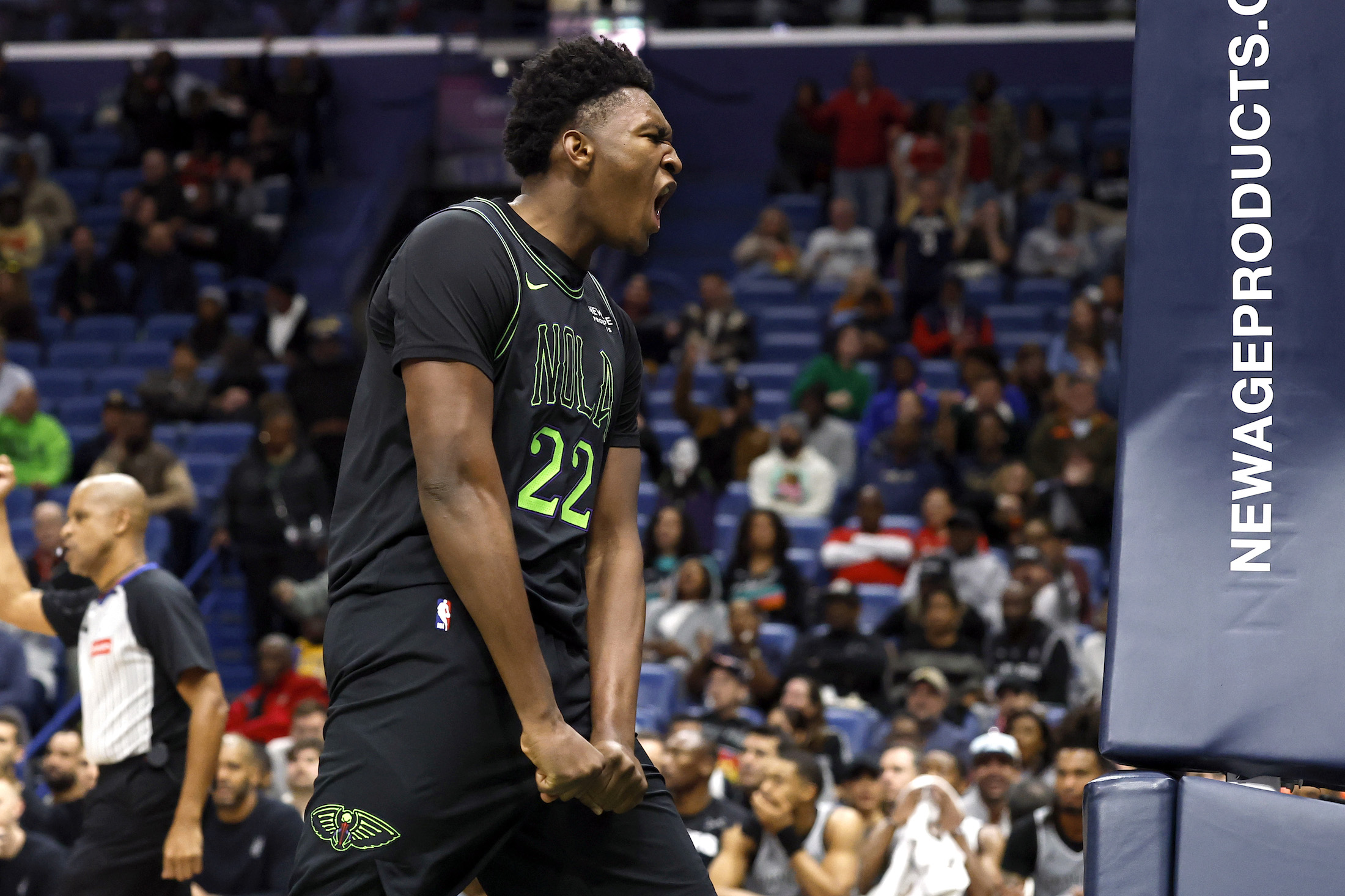Let's rank bird bills, from best bill to least-best bill.
1 (TIED): Toucan
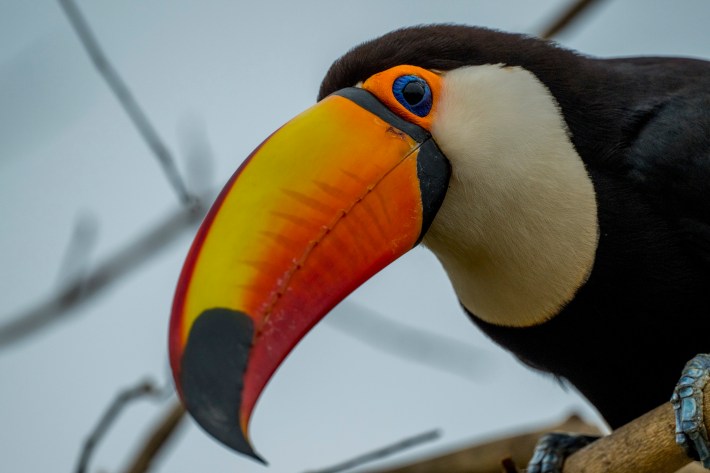
Natural selection was cooking when it came up with these guys. Just an insane extravaganza of a bill, it is useful for reaching the fruit that makes up a toucan's diet, but, surprisingly, that might not be why it evolved. Recent research has indicated that the toucan's gigantic (and shockingly lightweight) bill may be mostly useful as a heat sink to cool the bird down.
T1: Pelican
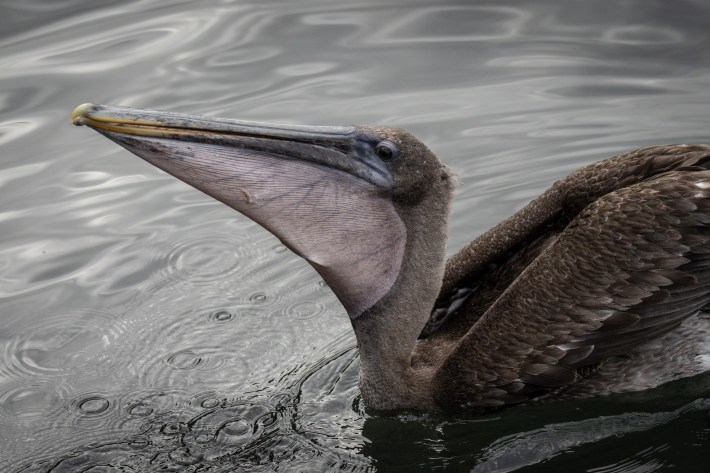
The bill of a proud glutton, perfect for its dip-netting feeding style. Just try to claim you're not envious, that you've never wished you could fit an entire fish in your membranous throat pouch. Just try! You can't!
T1: Shrike
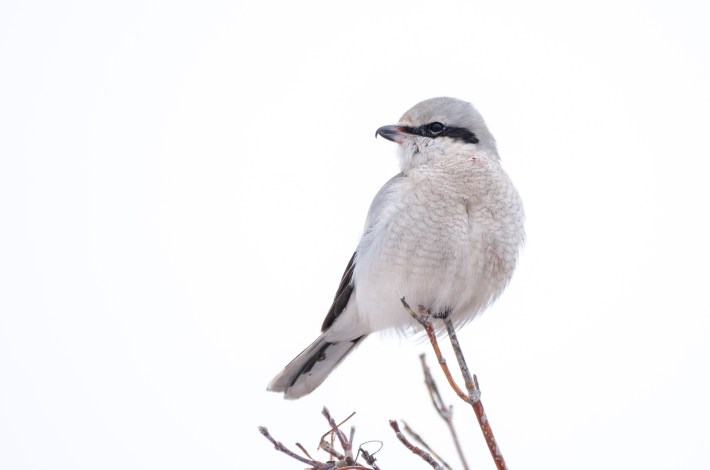
I am using the shrike here to represent all birds of prey, because you might not guess from a first glance at this tiny guy that he's a stone-cold killer. But look at the bill—curved at the tip and coming to a point, just like that of any hawk, eagle or owl. That's a raptor's bill, hooked downward because it strikes its prey from above, sharp and serrated because it uses it to separate flesh from bone.
Oh, and let's get this out of the way for you pedants. Back in the day, ornithologists used "beak" to refer only and specifically to a raptor's sharp bill. Now, however, beak and bill are entirely interchangeable. But it's not Beak Week.
T1: Falcon
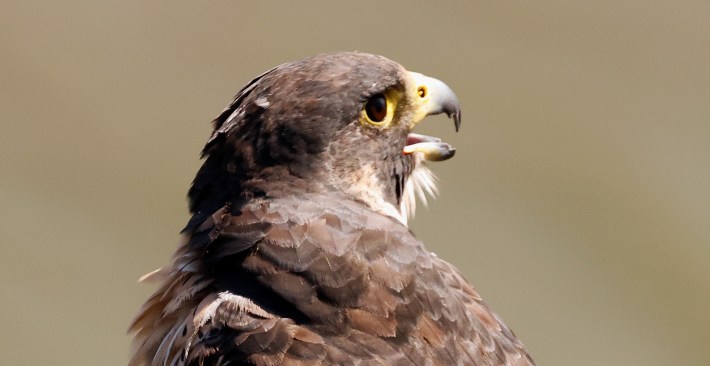
A raptor's bill, with a twist. See that little notch just behind the tip of the bill? That's a "tomial tooth," used to sever their prey's spinal cord. Metal.
T1: Vulture

A perfect example of natural selection in action. Superficially similar to a raptor's bill, a carrion feeder's bill is slightly less curved and notably weaker, since it requires less strength to remove rotted meat from a carcass. And evolution doesn't expend any extra resources on what it doesn't need to.
T1: Flamingo

Filter feeders are a nifty piece of specialized bill engineering. The downward curving bill scoops water, then the tongue fires like a piston to force out water and silt between the serrated lamellae along the edges, and all that's left is lunch.
T1: Shoveler
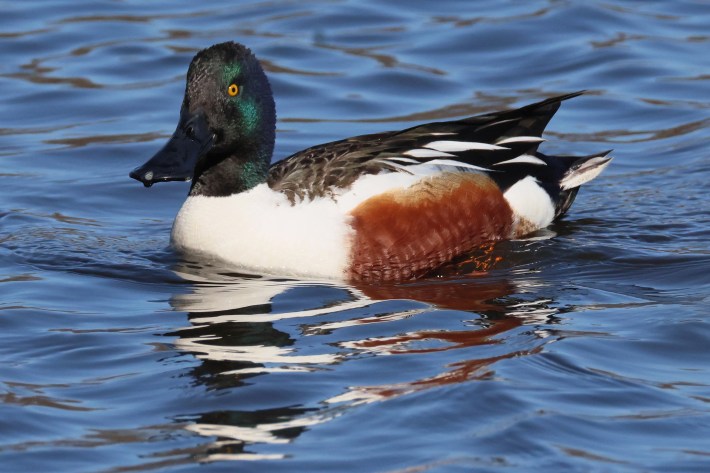
Does what it says on the tin.
T1: Crossbills
Like the name says, these little guys' bills cross at the tip. It's an adaptation for prying open the scales of coniferous cones to get at the tasty seeds inside. There are only six species of crossbill on Earth; if you see one, consider yourself blessed by the Bill gods.
T1: Avocet
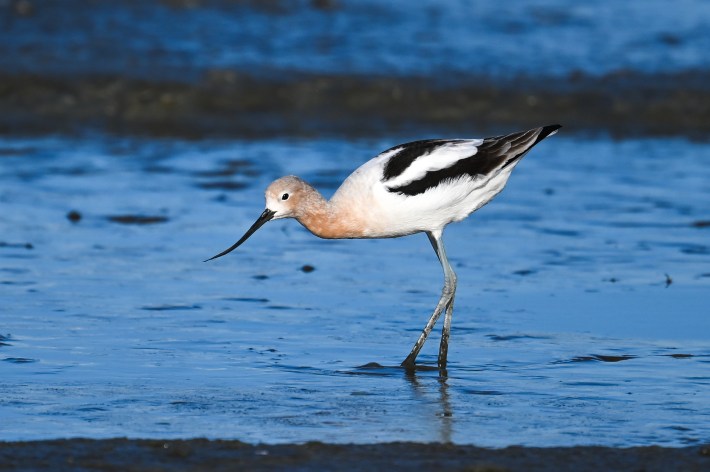
Upturned at the tip, a scything bill swishes around in the sand or silt to stir up the aquatic insects it feeds upon.
T1: Hummingbird

Long, narrow bills evolved for feeding upon the delicious, delicious nectar within flowers. Ingeniously, the precise shape of the bill varies among species depending on the shape of their preferred plants. If Darwin had known about these guys he's have thrown his precious finches in the garbage; look at the white-tipped sicklebill and his ludicrous curve, perfect for reaching his favorite foods.
T1: Seedeater
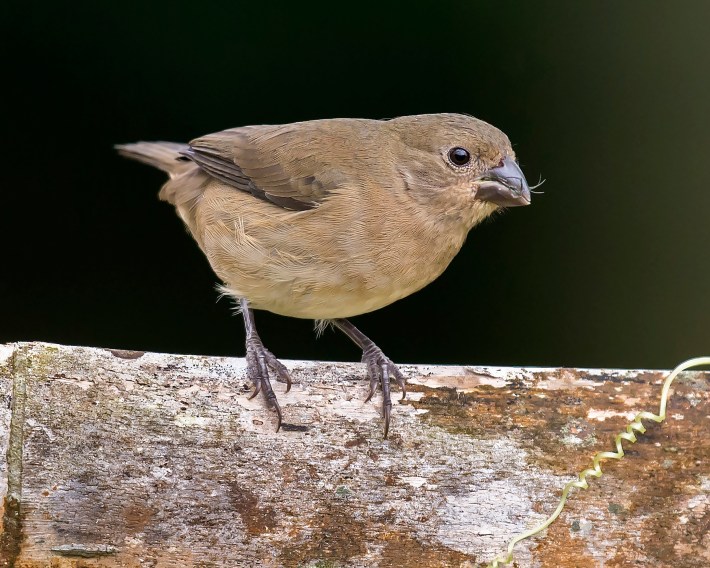
Including those famous finches. Short, powerful bills, with ridged edges to hold tight to seeds while they're cracking.
T1: Heron
Grumpy football becomes deadly spear in the blink of an eye.
T1: Puffin

Great at catching fish, sure, but don't ignore how sexy the male puffin's bill is, to female puffins. They shed its brightly colored outer layer as soon as breeding season ends, its self-evidently attractive qualities no longer needed.
T1: Spoonbill
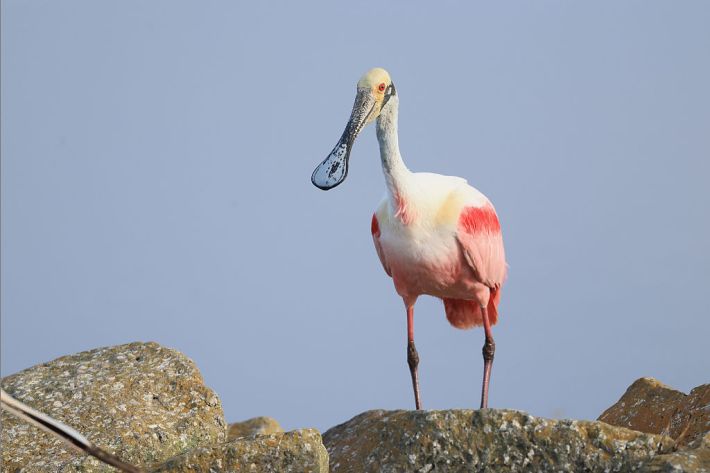
I can't quite figure out how this guy got that name.
T1: Shoebill

Him either.
T1: Woodpecker
Chisel-billed birds are exactly what they sound like: birds that peck out wood or ground to reach food or create nesting cavities. This requires incredibly strong, multilayered bills, and quite possibly some extra adaptations to keep the birds from giving itself concussions. The science is still up in the air on the details—spongy skulls? Self-repairing brains? A freakishly long tongue that encircles the brain like a seatbelt?—but if it works, it works.
T1: Pigeon
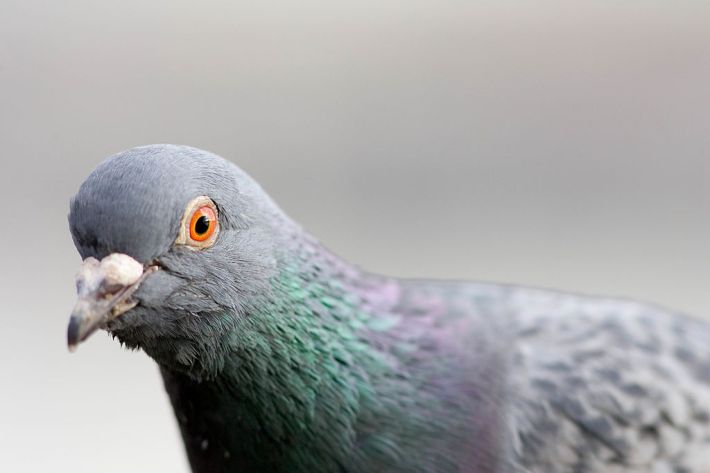
That weird gunky-looking thing at the base of a pigeon's bill? That's an operculum, which in different birds has evolved to serve different purposes, including keeping water or dust out of nasal cavities, or, in some species, to induce condensation to help the bird hydrate.
T1: Kingfisher
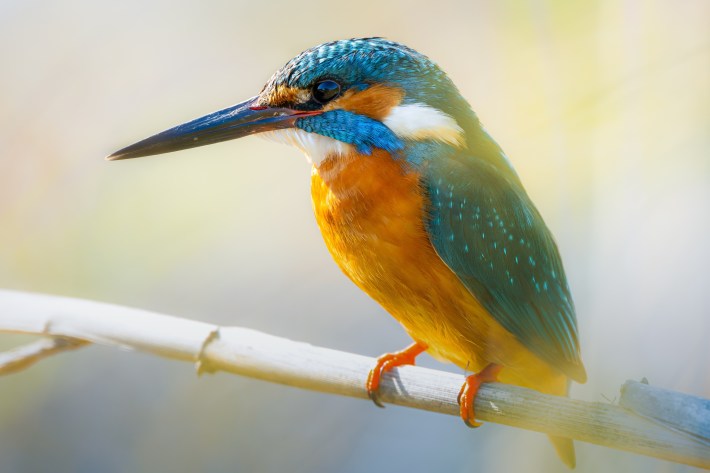
The long, sharp bill of an aerial fisher. For when you want to swoop down on an unsuspecting fish and nab 'em before the rest of you even breaks the water's surface.
T1: Skimmer
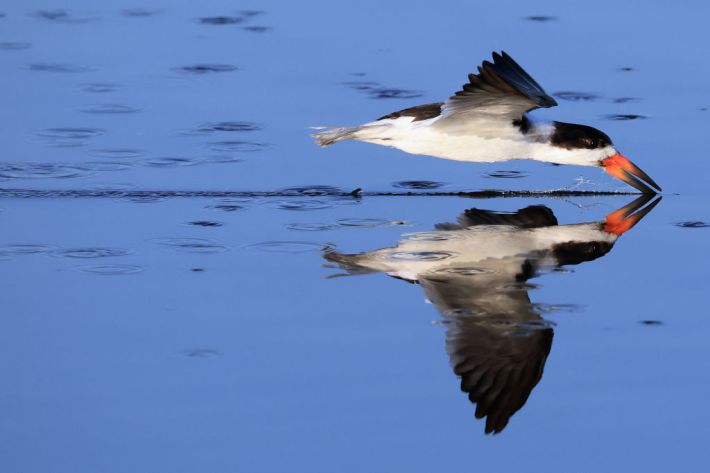
Ah, but what if you prefer to hunt your fish at a shallow angle, and skim along the surface to scoop one up? Then your bill might end up like that of the skimmers, with a longer lower mandible than upper—the only known bird family with that adaptation. (You'll also be the only type of bird with a vertical slit pupil, like a cat's, specialized for its hunt.)
NOT RANKED:
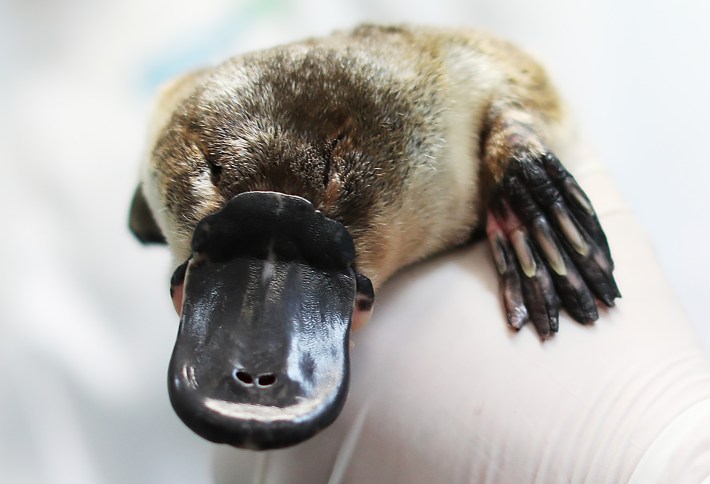
Get out of here, man!
T1: Crow
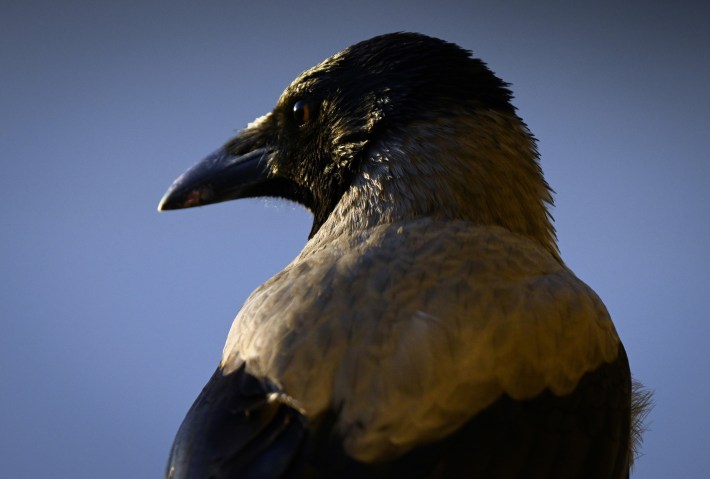
Classic, all-purpose, utility bill. Good for seeds, nuts, fruit, eggs, small animals, and can probably play middle infield in a pinch. The bill is one of the easier ways to tell a crow from a raven, which has the downcurved bill of a carrion feeder.
T1: Razorbill
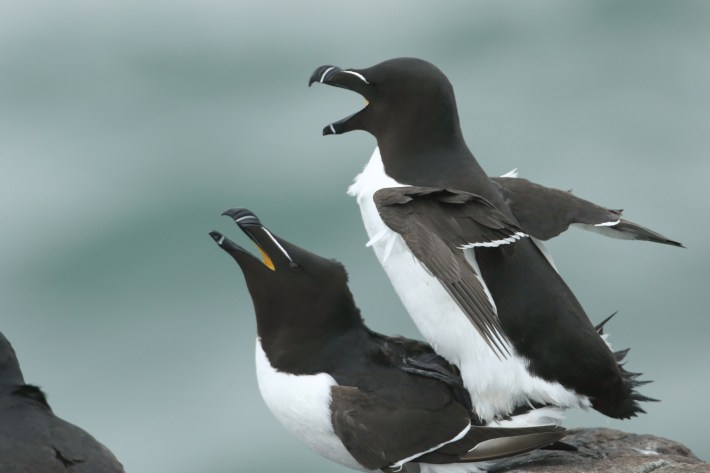
Would you like to hear a cool razorbill fact? They can dive up to nearly 400 feet below the sea's surface to hunt fish. Would you like to hear another one? They are the closest living relatives of the extinct great auk.
T1: Merganser

Also known as sawbills, for obvious reasons. The serrated edges of their bills are good for holding on to slippery fish, mollusks, and crustaceans.
T1: Smooth-billed ani

Just a cool guy.
T1: Woodcock
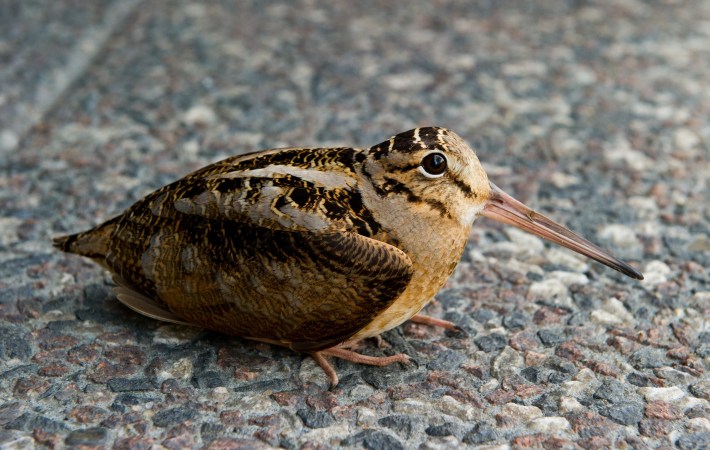
The perfect bill for probe feeders, birds that dig deep in the dirt for worms and the like. The woodcock also does a funny little dance, but that earns it no points for Bills Week.
T1: Every bird not listed here. All bills are beautiful.

